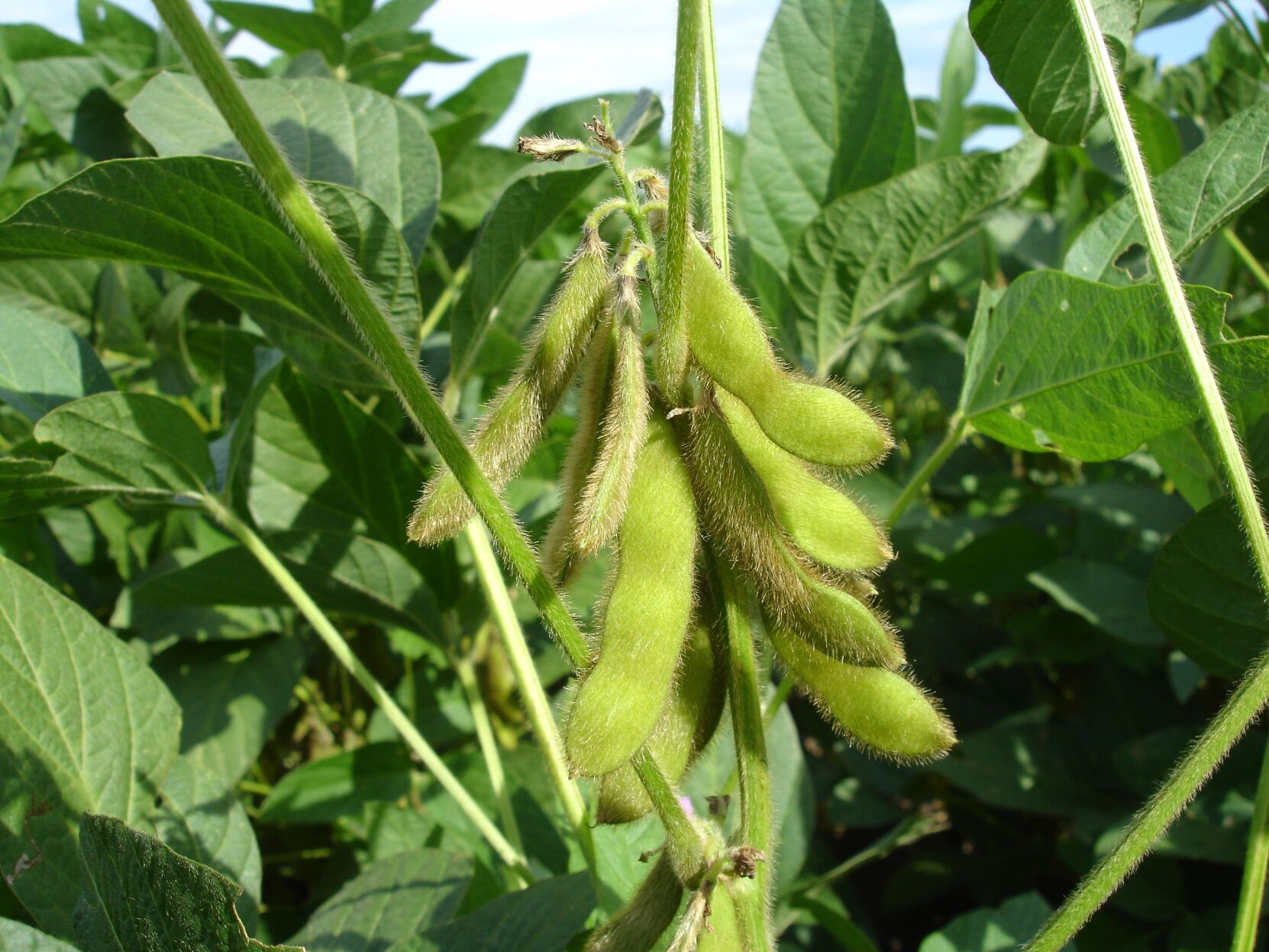“Conditions along the inland waterway system remain very concerning,” according to Mike Steenhoek, executive director of the Soy Transportation Coalition. He uses the metaphor of a garden hose attaching to a fire hydrant.
“Farmers are continuing to harvest an overall strong crop, but the inland waterway system—especially the lower Mississippi River—does not currently possess the normal capacity to accommodate it. This is particularly a challenge for the soybean industry, given how the September through February period accounts for 80% of United States soybean exports and since over half of soybeans produced in the country are exported.”
In the Lower Mississippi River, depth restriction of no greater than 9 feet have been put in place; normally at this time of year, barges are loaded to 11-foot or 12-foot depths. “For every one foot of decreased water depth, 5,000 fewer bushels of soybeans are loaded on to each barge,” said Steenhoek. “Therefore, a 2-to 3-foot reduction will result in 10,000 to 15,000 fewer bushels per barge.” The barge industry continues to maintain a maximum tow size of 25 barges, compared to the 30- to 40-barge tows normal at this time of year.
According to the U.S. Department of Agriculture’s most recent Grain Transportation Report, available at available at https://bit.ly/3DdFDYD, barge freight rates have fallen. For the week of Oct. 18, transporting a ton of soybeans loaded in St. Louis cost $72.58 per ton. For the week of Oct. 11, it cost $105.85. The $72.58 cost is still 130% higher than the same week in 2021.
“If barge rates have declined so significantly from the earlier week, does this mean the situation is improving?“ Steenhoek thinks not. Instead, he said, farmers are deferring shipping, opting to store, ship by other modes, or send the beans to a domestic processor, thus softening barge demand.
“It’s kind of similar to being at Disney World and noticing a 2 hour wait for Space Mountain,” said Steenhoek. “Later in the day, the visitor notices the wait is down to 90 minutes. Has the situation at Space Mountain improved? Not necessarily. In reality, many visitors simply abandoned their plans to ride Space Mountain, concluding, ‘It’s not worth it. I’ll have to wait to ride it the next time I visit.’ ”
Steenhoek confirms that the price situation has reversed for growers near river terminals from what is usually the case. Instead of a price premium and more options, farmers near river terminals this year may have fewer options.
“Those farmers located in areas of the country in which alternatives are available are clearly better positioned to withstand these challenges. If a farmer has it, option B may be on-farm storage and simply waiting when conditions on the river hopefully improve. Other options may include driving a longer distance to a soybean processor or a facility with rail loading capacity.
“However, some farmers—especially many close to the river system—have limited or no on-farm storage. In many areas, the inland waterway system under normal conditions is such an attractive avenue for soybeans and grain that alternatives such as processing or rail loading facilities have not developed since they would be at a competitive disadvantage to the normal efficiencies of barge transportation. The farmers who are in this situation—with limited on-farm storage and alternative delivery options—will be the most exposed to the current challenges facing the inland waterway system.”
Finally, said Steeenhoek, he was “disappointed” by the rejection by two rail unions of the deal offered by the railroads. He said the threat of a rail strike can halt economic activity as much as an actual strike, since shippers need to make decision two months ahead. “Having a predictable supply chain is essential for agriculture to succeed, but this predictability is clearly impugned during the middle of harvest season. We certainly want both railroads and rail unions to arrive at an agreement that is beneficial to both sides, but what is critical to agriculture and many other industries is to avoid an actual—or even a threat of—a railroad strike that would add further harm.”
David Murray can be reached at [email protected].




